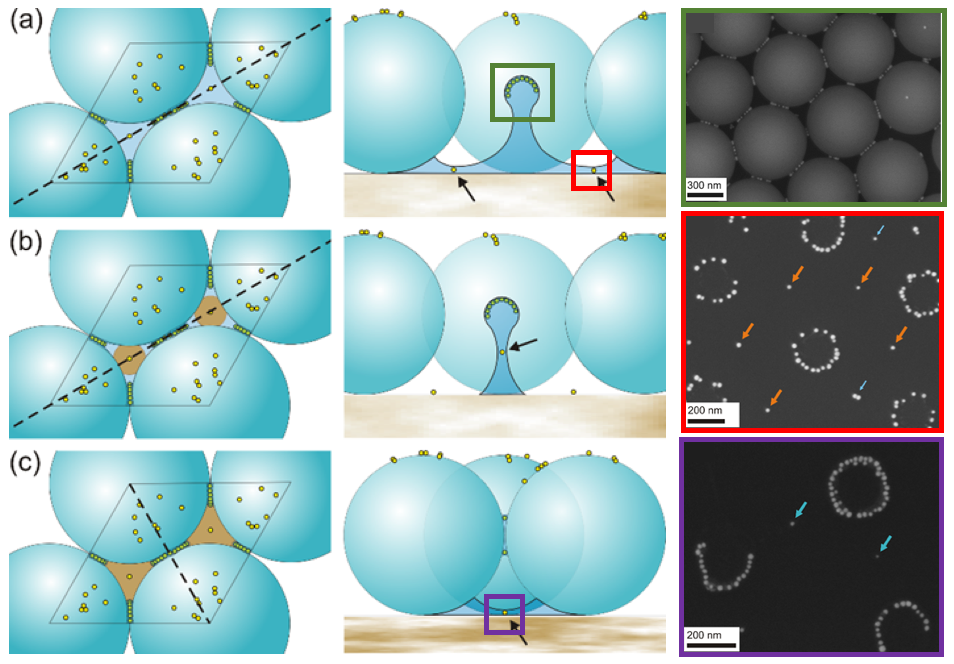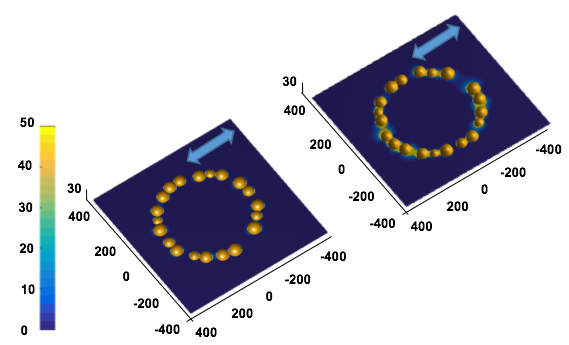Nanoparticles from our Lab
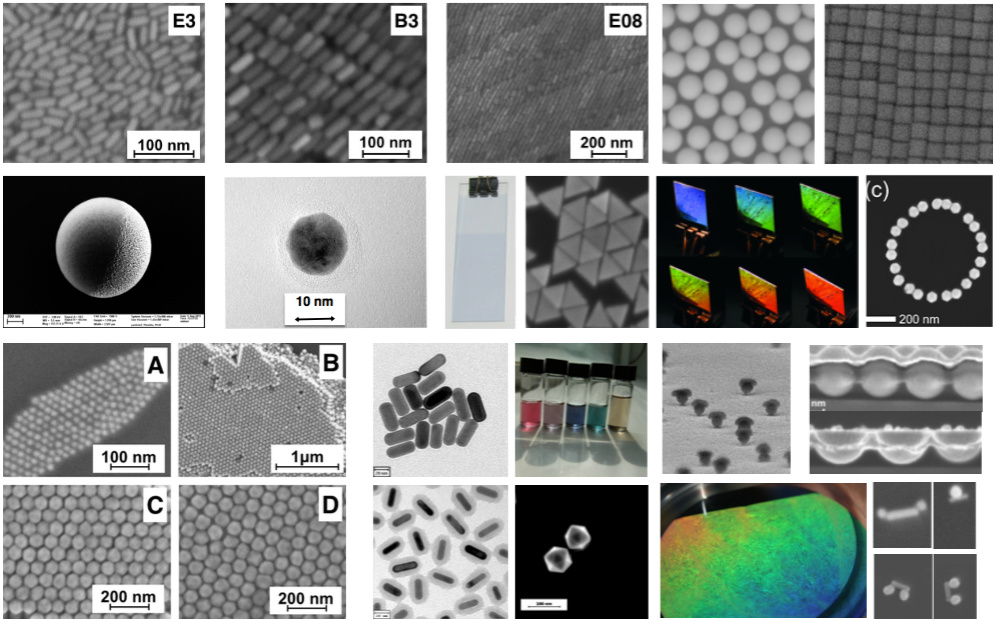
Research topics
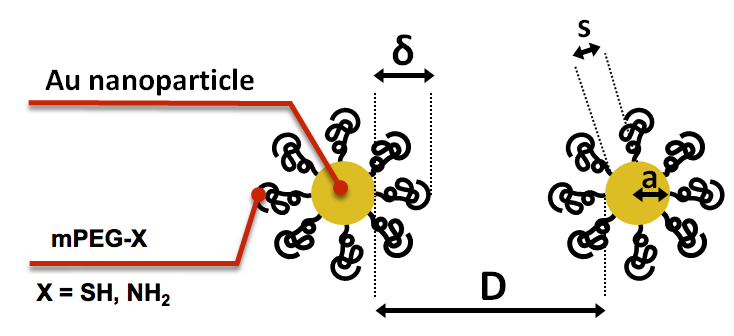
Our research focuses on the
preparation and characterization of nanoparticles and their assemblies.
High-quality plasmonic and inorganic nanoparticles are synthesized and
directed and programmed self-assembly techniques to build higher-order
structures are developed.
Nanoparticles
Plasmonic gold nanoparticles with different shape, size and functionality are synthesized by wet chemical approaches. Silica nanoparticles and their Langmuir-Blodgett films are also prepared in our lab.
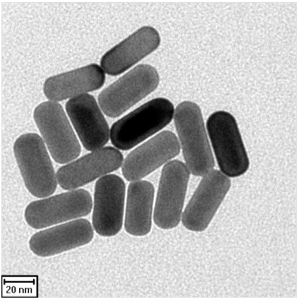
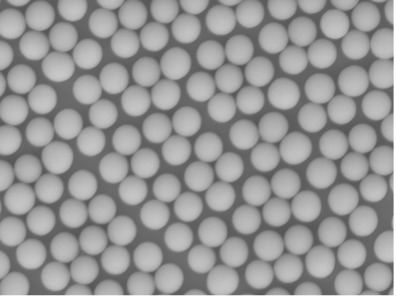
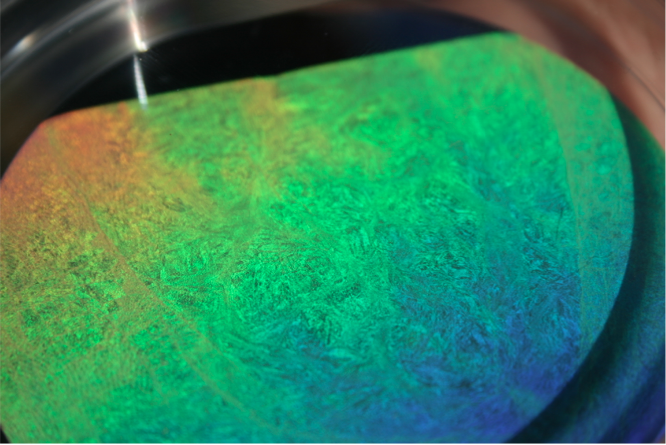
Colloidal interaction calculations
Relevant interparticle interactions are calculated and predicted in order to investigate the possibilities to obtain soft-sphere type interaction. These interaction potential profile is essential to prepare compact, three-dimensional nanoparticle clusters.

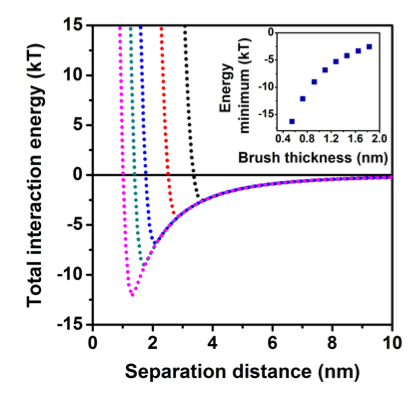
Clustering of NPs by fine-tuning colloidal interactions
Self-assembly of spherical gold nanoparticles with different size modified by methoxy-poly(ethlylene glycol) can be triggered via external stimuli. The kinetics of the aggregation and the structure of the evolved clusters can be influenced by the control parameters (ionic strength and temperature).

Optical simulations: self-assembly relevant model structures
Extinction spectra of self-assembly relevant gold nanoassemblies are simulated to map the optical response of chains, heptamers and 3D clusters with different NP-NP distances. Near-field plots give information about pasmon coupling and enhancement.

Capillary lithography: nanorings and their optical properties
Gold nanoparticles can be used as tracer objects to identify the dewetting stages of the capillary lithography process. Single chain gold nanoparticle rings were prepared with tunable internal radii by capillary lithography and the optical response of the rings were measured by single particle spectroscopy.
